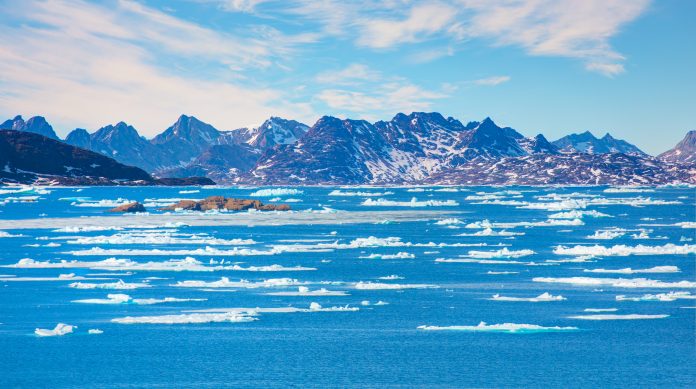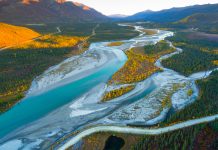In a study published in The Cryosphere on July 24, scientists have revealed crucial insights into the precarious balance of Greenland’s ice sheet, showing why it’s easier to melt than to freeze
Led by Megan Thompson-Munson, alongside advisors Jen Kay and Brad Markle, the research delves into the intricate dynamics of Greenland’s firn layer, a porous buffer crucial for stabilising the ice sheet in a warming world.
Firn, comprising about 90 per cent of Greenland’s ice sheet, acts like a sponge, absorbing and redistributing meltwater. However, as temperatures rise, this once resilient layer rapidly loses its capacity to store water, a phenomenon the study terms as “firn asymmetry.”
Temperature change across Greenland ice sheets
Megan Thompson-Munson, “Ice sheets can melt away quickly, but take a long time to grow. This firn asymmetry we identify is a small piece of that puzzle.”
Using an advanced physics-based model called SNOWPACK, researchers simulated the impacts of temperature changes across the entire Greenland Ice Sheet.
Their findings reveal that under warming conditions, the ice sheet loses mass quicker than it gains under cooling. This asymmetry underscores the challenges in mitigating the effects of climate change on Arctic glaciers.
“The Greenland ice sheet loses mass faster under warming than it gains mass under cooling,” said Kay. “The key advance of this study is that Greenland’s firn contributes to this greater warming-than-cooling asymmetric response.” This insight raises critical questions about the feasibility of geoengineering solutions in reversing climate impacts in the Arctic region.
Warming and cooling affect
The study’s insights mark a significant advancement in ice sheet research, containing the entire Greenland Ice Sheet rather than localised studies.
By focusing on how warming and cooling affect firn, scientists have pinpointed a critical factor contributing to Greenland’s ice vulnerability.
The study highlights the urgency of global climate action, emphasising that reversing the impacts of climate change demands comprehensive strategies beyond current measures.
As Greenland’s ice sheet continues to face unprecedented challenges, the findings are a reminder of the irreversible changes already underway in Earth’s polar regions.
While the study reveals daunting challenges, it also underscores the resilience of scientific inquiry in confronting the complexities of climate change. “To get back to initial conditions, we’d have to cool a lot more or start changing other variables a s well,” Thompson-Munson said. “It’s hard to reverse what we’ve already done.”











